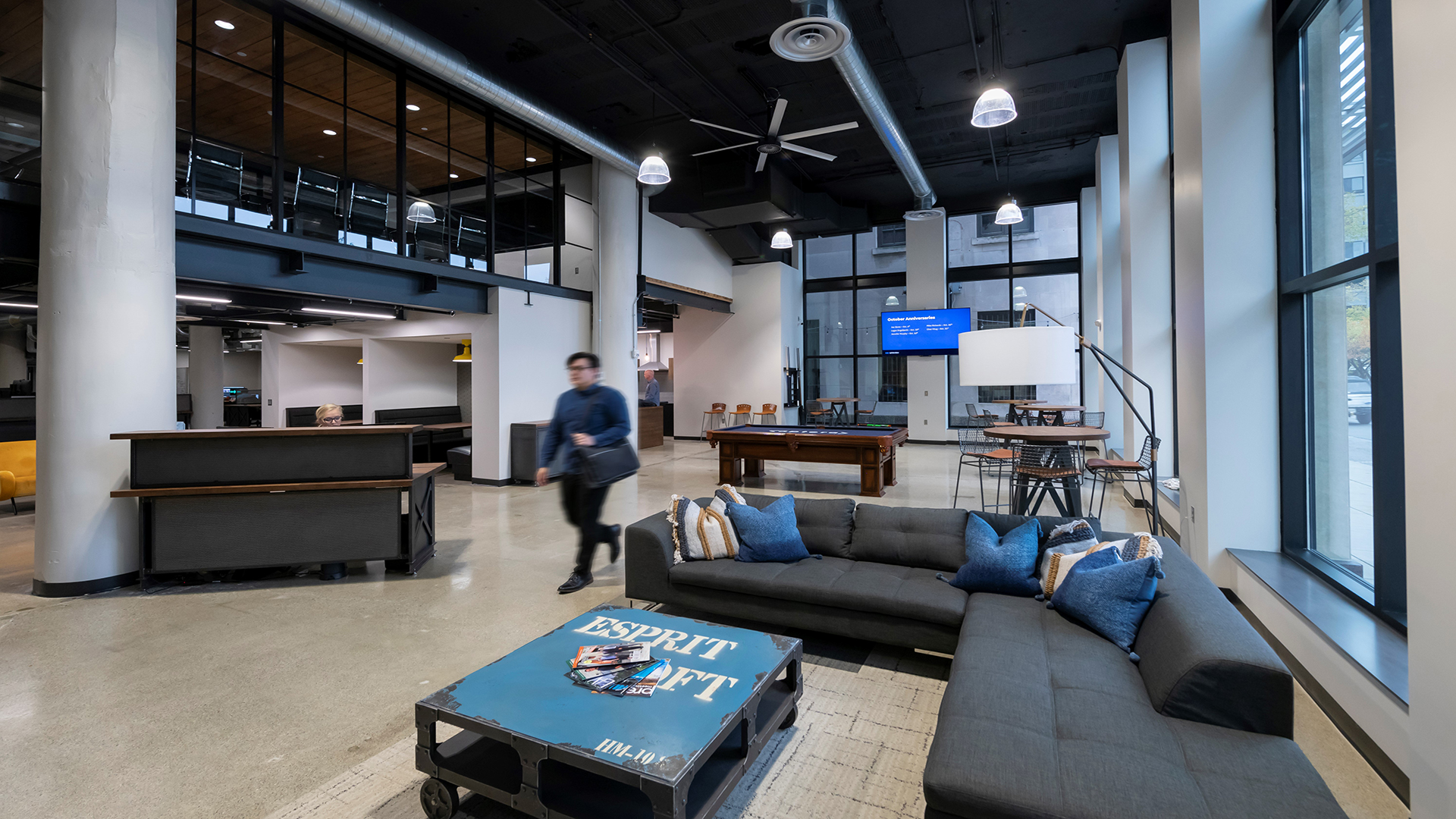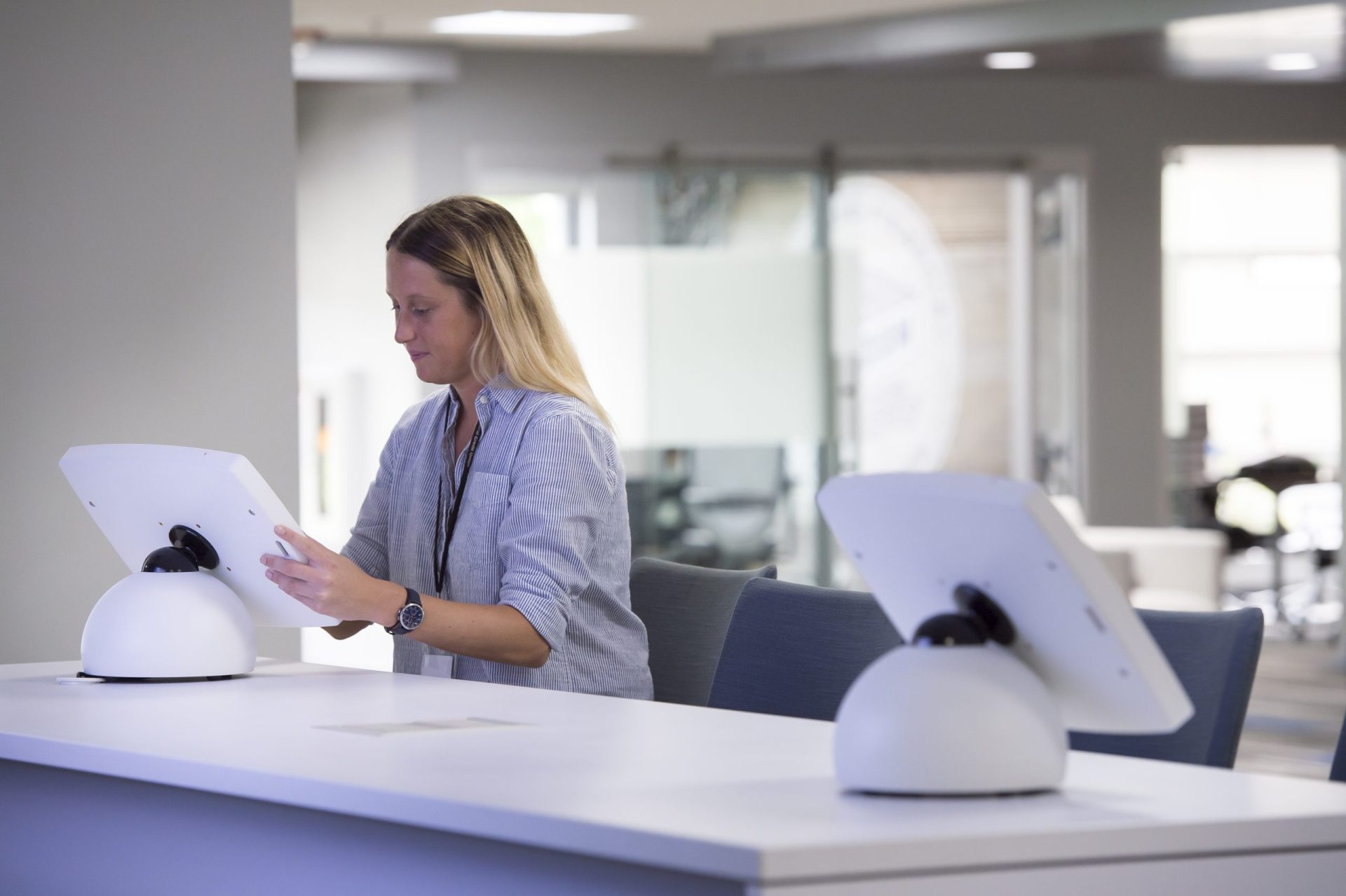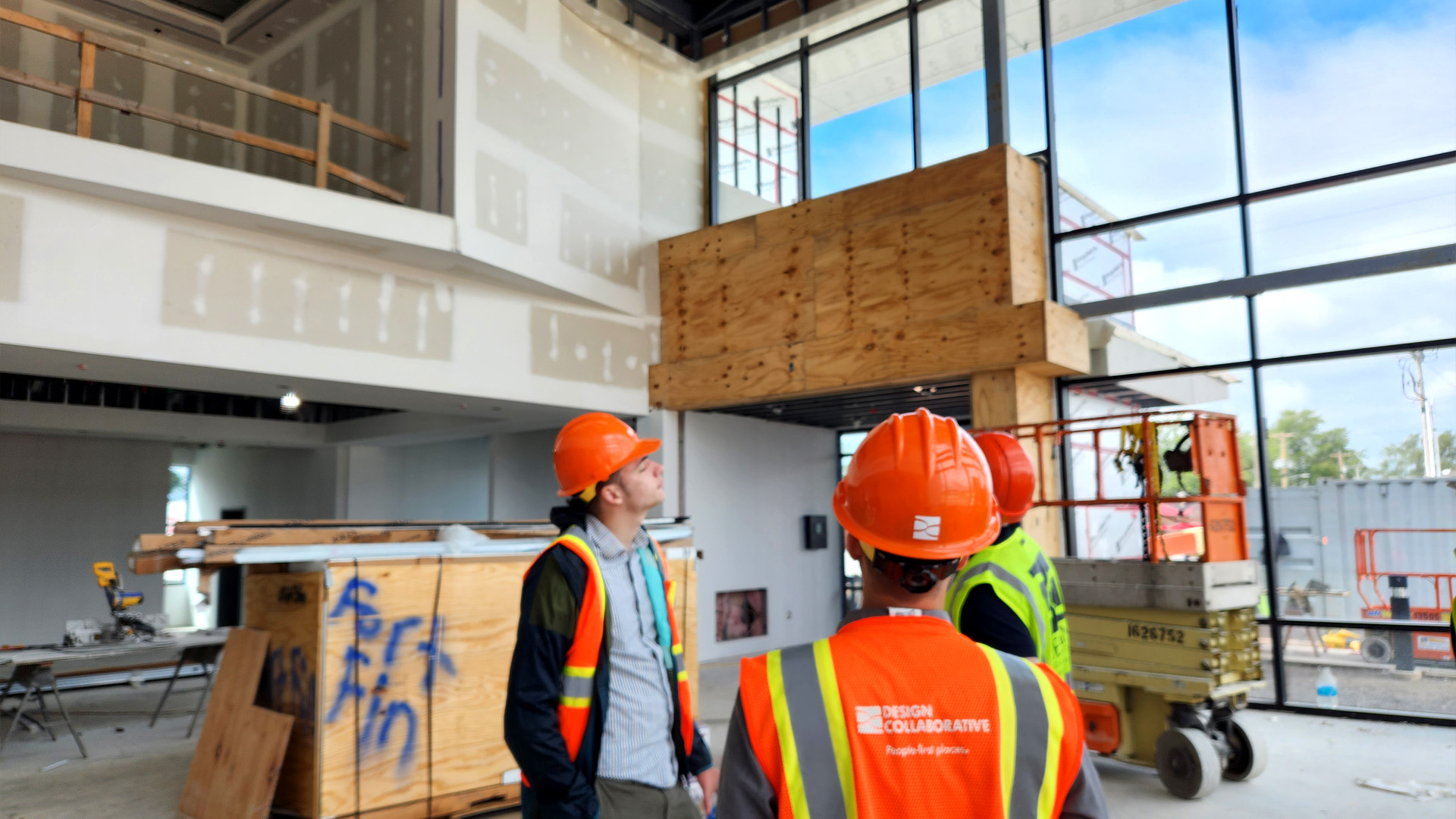Surviving Workplace Renovations
By Lauren Elliott, RID, NCIDQ
November 4, 2022Post Tagged in
 |
If you’ve lived through a renovation at home, you know it’s anything but relaxing. The disruption to your daily flow can cause many unwanted headaches. You can’t move through your home the way you used to, you can’t find anything, and worst of all – it’s a giant mess. Just like your home, living through a workplace renovation can also bring some unwanted stressors. Luckily, we’re able to help you navigate through this process and offer up a few solutions to surviving a renovation in your workspace. Image Source: Karl Solano on Unsplash
|



